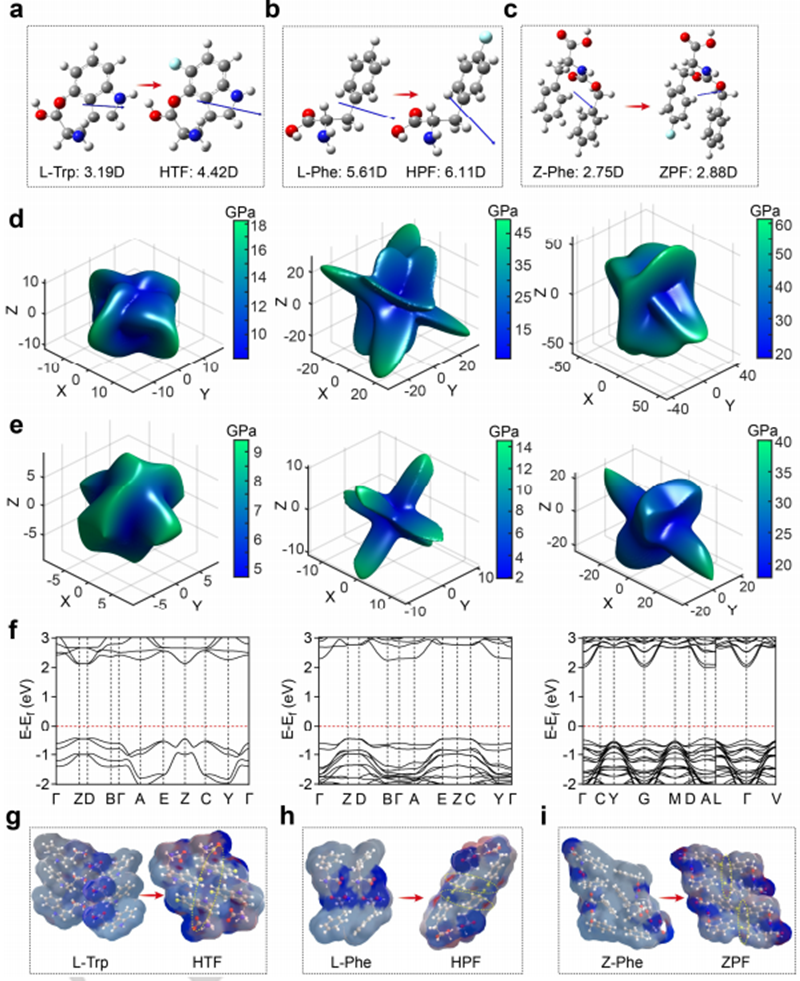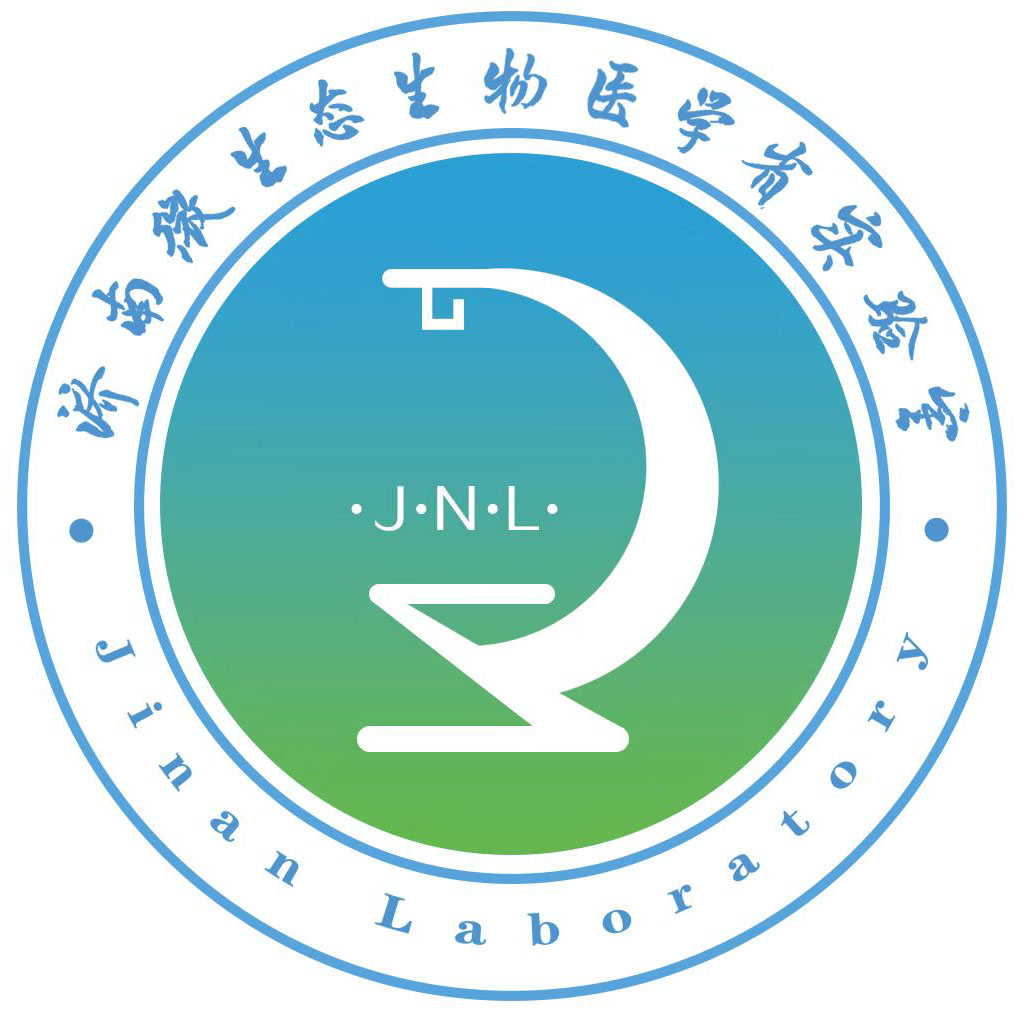On 27 January 2025, the team of PI Prof. Yi Cao and Associate Prof. Bin Xue from Jinan Laboratory published an article titled ‘Molecular Engineering of Amino Acid Crystals with Enhanced Piezoelectric Performance for Biodegradable Sensors’. The team used fluorine to modify a variety of common amino acids to significantly enhance the piezoelectric performance of the biomolecular materials. It is noteworthy that the research team explained the principle and mechanism of fluorine substitution contributing to the piezoelectric performance enhancement from multiple perspectives, and this work is a good guide for regulating the properties of biomaterials at the molecular level.

As the medical field continues to present new demands, the research and development of piezoelectric materials with various application scenarios is of great significance for the development of biosensors. In recent years, a variety of bio-based piezoelectric materials, such as amino acids and peptides, have been gradually applied to medical biopower sensors due to their excellent biocompatibility and degradability. Researchers have improved the piezoelectric properties of biomaterials through various modulations, such as stress-induced annealing. However, due to many factors such as the self-assembled stacking configuration within the biomolecular crystals, it is still a great challenge to regulate and improve the piezoelectric properties of biomaterials at the molecular level.
The research team took three common amino acids as the target, and significantly enhanced the piezoelectric properties of the biomolecular materials through fluorination, breaking through the limitations of previous studies, such as eutectic assembly and coupling with polymers, which are limited to macroscopic and mesoscopic level, and realising the precise control of molecular conformations and self-assembled structures at the microscopic level, as well as explaining the rationale and mechanism behind it from multiple perspectives. The biopower sensor constructed on this basis has excellent sensing performance and good biocompatibility, and has been demonstrated in animal sensing experiments to have a wide range of applications in medical sensing.

The team constructed three fluorinated amino acids by replacing the hydrogen atom on the aromatic ring with a fluorine atom. The crystal structures were analysed using single-crystal XRD and combined with theoretical and DFT calculations. It can be seen that the fluorinated amino acids have larger molecular dipole moments, shell-like mechanical structures, narrower energy band widths and significantly different electron probability density distributions, and the researchers have explained the mechanism of the introduction of fluorine atoms on the piezoelectric properties of the molecular crystals from various aspects.
The team then provided spontaneous polarisation phase diagrams at the microscopic single-crystal scale with the help of characterisation techniques such as piezoelectric force response microscopy (PFM) and ferroelectric testers, inverse piezoelectric effect response results and electric hysteresis return lines. Compared with the three amino acids before substitution, the fluorinated amino acids have stronger spontaneous polarisation and piezoelectric response, as well as excellent ferroelectric properties. The fluorinated amino acids have more prominent piezoelectric coefficients than those reported for various biomaterials, organic polymers and inorganic piezoelectric materials.
Scientific Inspiration
The research team explained the mechanism of piezoelectric property gain of fluorinated amino acids by fluorinating common amino acids, which is of great significance for further regulating the piezoelectric properties of biomaterials at the molecular level.
This study was supported by the National Key Research and Development Programme of China (No. 2020YFA0908100, 2024YFA0919300, 2023YFC3605802), the National Natural Science Foundation of China (No. T2322010, T2225016, 11934008, and 1230425), the Shandong Provincial Laboratory (No. SYS202202), the Natural Science Foundation of Jiangsu Province (No. T2322010, T2225016, 11934008 and 1230425), and the Shandong Provincial Natural Science Foundation (No. SYS202202). The research was supported by the National Natural Science Foundation of China (No. T2322010, T2225016, 11934008 and 1230425), the Laboratory Project of Shandong Province (No. SYS202202), the Natural Science Foundation of Jiangsu Province (No. BK20220120 and BK20220600).





